This lot in Pavia Iloilo is so low that all of the drainage water from the nearby homes all go to this lot and since it has been vacant and unused for so long, all new home owners connect to this lot thus making it the village drainage.
If the soil underneath muddy soil is clayish, then limestone soil is the best earth fill material since the combination of clay and limestone makes it impermeable by water. If it is not clayish, then a mix of clayey loam soil and limestone soil is recommended. Both types of soils are very abundant in this – country in the hilly and mountain areas.
After mixing, the calcium ions from the hydrated lime migrate to the surface of the clay particles to displace the water and other ions. The mixture becomes crumbly and granulated making working and compacting easier. When this happens, the soil becomes more solid and will no longer swell or shrink. This process is called flocculation and agglomeration and can usually occur in just a matter of hours.
When the right quantities of lime soil and water is added, the acidity of the soil decreases and this will cause the clay particles to break down. At this stage, silica and alumina come out and will react with the calcium from the lime soil and will become calcium silicate hydrates and calcium aluminate hydrates which are both cementitious products similar to that of portland cement. This reaction is what stabilizes the soil mixture and adds to its strength increasing its load bearing capacity. The soil is transformed from sandy granular to hard and relatively impermeable. This new permanent structural layer is stronger, durable, significantly impermeable, yet flexible.
This mixture of clayey soil and limestone soil creates a strong and dry structural layer in just a matter of hours, so the work and compaction can be done faster, and you don’t have to wait for days or weeks for the soil to dry up by natural evaporation. See below before and after pictures…

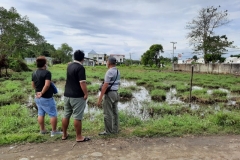
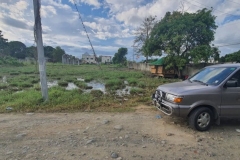

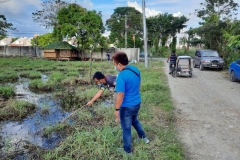










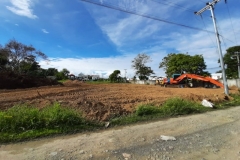

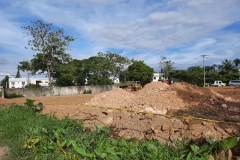

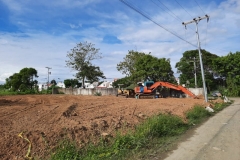


Feedback